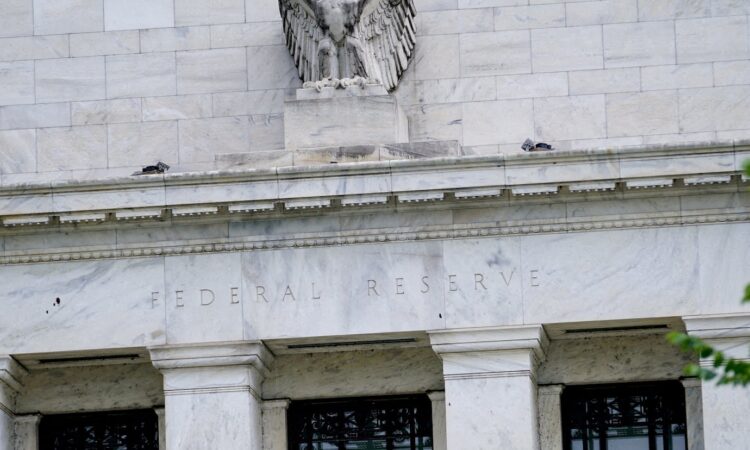
Earlier this week, the US Federal Reserve’s Free Open Market Committee (FOMC) agreed to maintain the federal funds rate it its current position. Though the Bureau of Labor Statistics (BLS) reported no increase in the Consumer Price Index for May, the agency’s previous reports had shown that certain sectors, including housing, were continuing to drive average prices up.
The highly anticipated announcement comes as mortgage rates (30-year-fixed rate) have continued to fall from their peak of 7.79 percent in October of last year. Though rates are trending downward, they have moved in both directions over the last nine months, and news that interest rates will not be falling in June could lead them to tip back up in the coming weeks.
This comes when those who recently purchased a new house with a high interest rate might be itching to refinance. Let’s dive into what the experts say about this moment and which cases should consider refinancing more than others. Aside from some who have purchased their home in this high-rate environment, there are not a lot of homeowner profiles where refinancing would be a good option. Homeowners who purchased their properties before the Fed began increasing rates likely have a lower interest rate tacked onto their mortgage already, and those who are considering it might be better off waiting for rates to fall as they remain elevated compared to their average position over the last two decades. Obviously, their current level is a response to the economic conditions brought about by the COVID-19 pandemic and international conflicts.
Still, there are early signs of improvement, and over the coming year, the Fed could begin to lower rates. Speaking with a financial expert with a fiduciary obligation to you, meaning that they must consider your economic interests over that of their employer, is one way to get expert guidance for your particular situation as you consider refinancing.
What if… you just purchased your home
Let’s examine our initial case of a person who purchased a home within the last two years as interest rates began to climb. Most financial experts follow a simple rule, particularly when rates are high: if refinancing means adjusting to a rate less than one percent below your current rate—pass.
While you could consider refinancing twice, the fees for trading in your loan add up and could end up costing you if you pay more than what you save each month before refinancing again. Additionally, for homebuyers who purchased their properties before the Federal Reserve began its series of rate hikes, the interest rates are likely lower than their current levels.
When might it be a good idea…
Consider your mortgage as two components for a moment: the principal (what you owe) and the interest rate (the rate that will be applied to the principal each month to be paid as the fee for whomever is servicing the loan). Suppose you secure an interest rate reduction above one percent. In that case, you are more likely to see a significant reduction in how much of your payment goes toward interest versus your principal balance. In short, by lowering the interest rate, more is being spent on reducing the principle, when before it was on cutting away at the interest tacked onto the balance.






